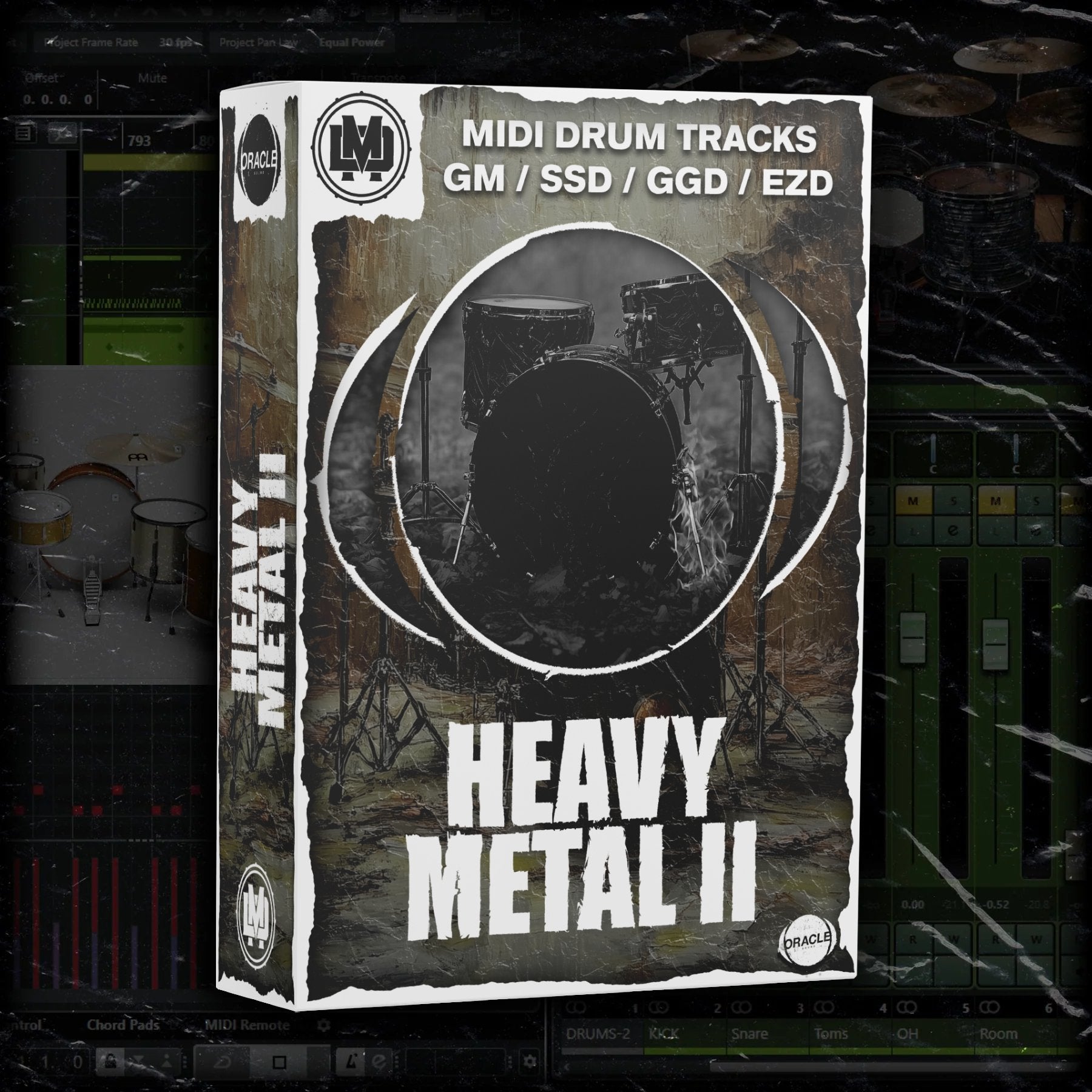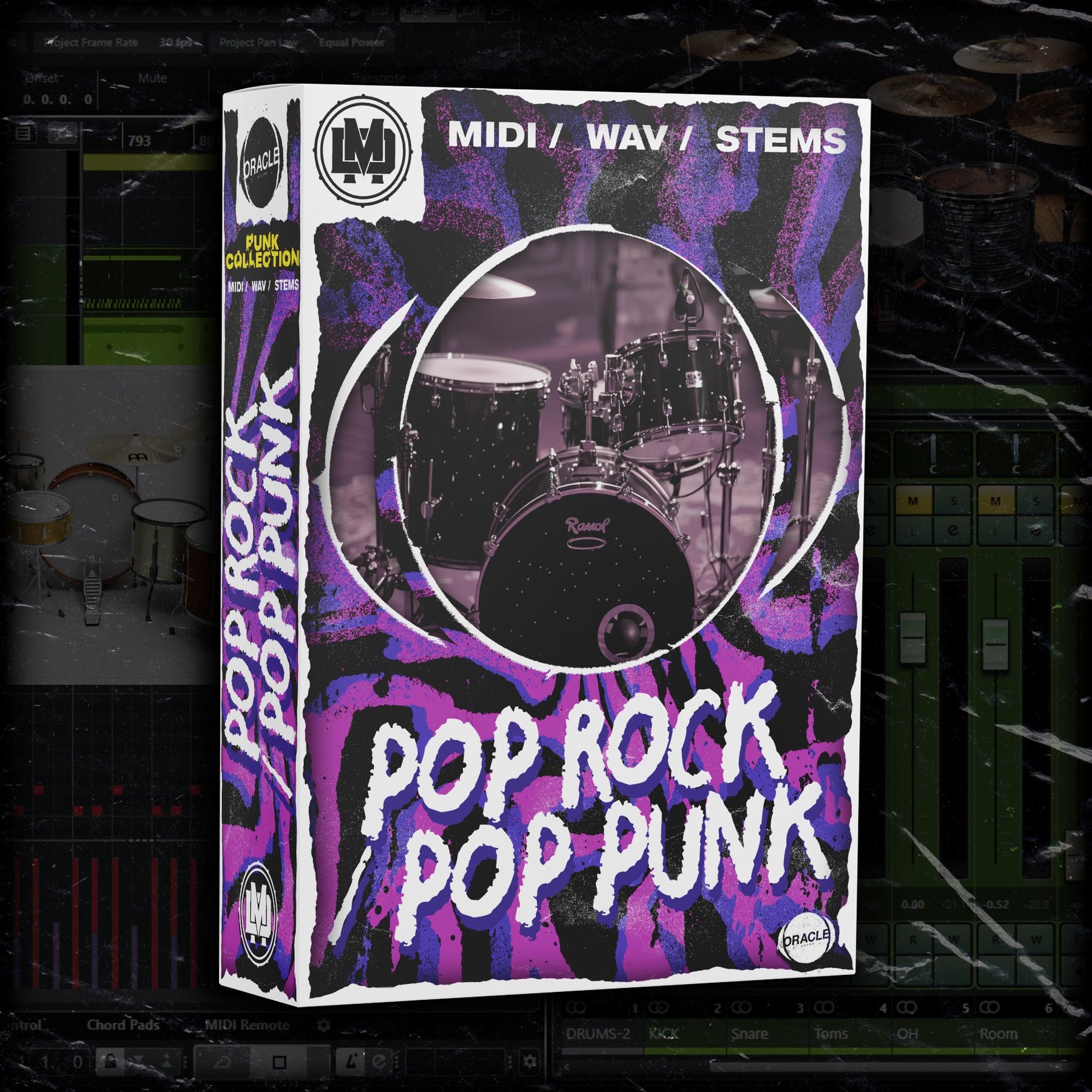Unlock Creativity with Custom MIDI Drum Patterns
Unlock Creativity with Custom MIDI Drum Patterns
Blog Article
MIDI drum patterns are at the primary of contemporary audio production. They allow artists and companies to create powerful, versatile defeats that travel a track's rhythm. Whether you're a novice or a seasoned producer, knowledge the fundamentals of creating midi drum grooves may lift your audio creation skills. This manual covers everything you need to know—from standard concepts to sophisticated techniques—to hobby engaging drum habits designed to your music.
What Are MIDI Drum Designs?
MIDI (Musical Tool Electronic Interface) drum habits are digitally made sequences of drum beats programmed in a DAW (Digital Audio Workstation). Unlike noted music, MIDI data contains information regarding the timing, frequency, pace, and duration of records, providing total get a handle on around every aspect of the beat.
With MIDI, suppliers can test out endless drum systems, tune rhythms, and coating seems to generate defeats for styles ranging from hip-hop to digital to rock. The usefulness of MIDI helps it be an important software for audio production.

The Developing Blocks of a Drum Pattern
Developing a great MIDI drum pattern starts with knowledge the aspects of a drum equipment and their jobs in shaping rhythm:
Kick Drum: Forms the building blocks of the beat. It gives the thud or low-end strike that drives the rhythm.
Snare Drum:Gives energy and emphasis, frequently producing the take noise noticed on the next and 4th defeats in lots of genres.
Hi-Hats: These can be found in two forms (closed and open) and add groove and variance with regular patterns.
Toms: Fill out changes or include dynamics to your patterns.
Crash and Journey Cymbals: Used for features and to tag changes inside a song.
Measures to Develop MIDI Drum Patterns
Step 1: Focus on a Basic Pattern
Set down a straightforward 4/4 beat. Work with a end drum on beats 1 and 3 and a snare on defeats 2 and 4. Add consistent hi-hats on every eighth note to help keep the rhythm moving. This determines a powerful foundation.
Stage 2: Include Complexity
Once your standard rhythm is set up, add variation. Put offbeat hi-hat visitors, cat notes on the snare, or syncopation to create a groove that thinks living and engaging.
Stage 3: Concentrate on Speed and Humanization
One popular problem with MIDI drum designs is they can noise robotic if every note is played at exactly the same velocity. Change velocities to copy the dynamics of a genuine drummer's performance. Additionally, try out small moment shifts to humanize the rhythm.
Step 4: Integrate Fills and Transitions
Drum fills are critical for tagging transitions between music sections. Use tom moves, snare fills, or cymbal crashes to include pleasure and movement to your patterns, keeping fans engaged.

Stage 5: Experiment with Types
Discover various styles to expand your comprehension of drum patterns. Hip-hop beats may function swung hi-hats and syncopated sneakers, while electric audio usually utilizes complicated grid-based coding and split percussion.
Tips for Elevating Your Beats
Coating Your Sounds: Mix products or drum looks to create fuller, more textured beats.
Use Effects Tastefully: Include reverb, wait, or compression to personal drum aspects for a far more finished sound.
Examine True Drummers: Analyze drum shows in your favorite tracks to understand dance and rhythm patterns better.
Unlock Countless Creativity with MIDI
Learning MIDI drum designs lets you innovate and conform beats to generally meet the demands of any track. By blending technical detail with innovative experimentation, you are able to craft rhythms that push your audio and leave an enduring impact. Start exploring today and tap to the boundless opportunities of MIDI for the drum production.
Report this page